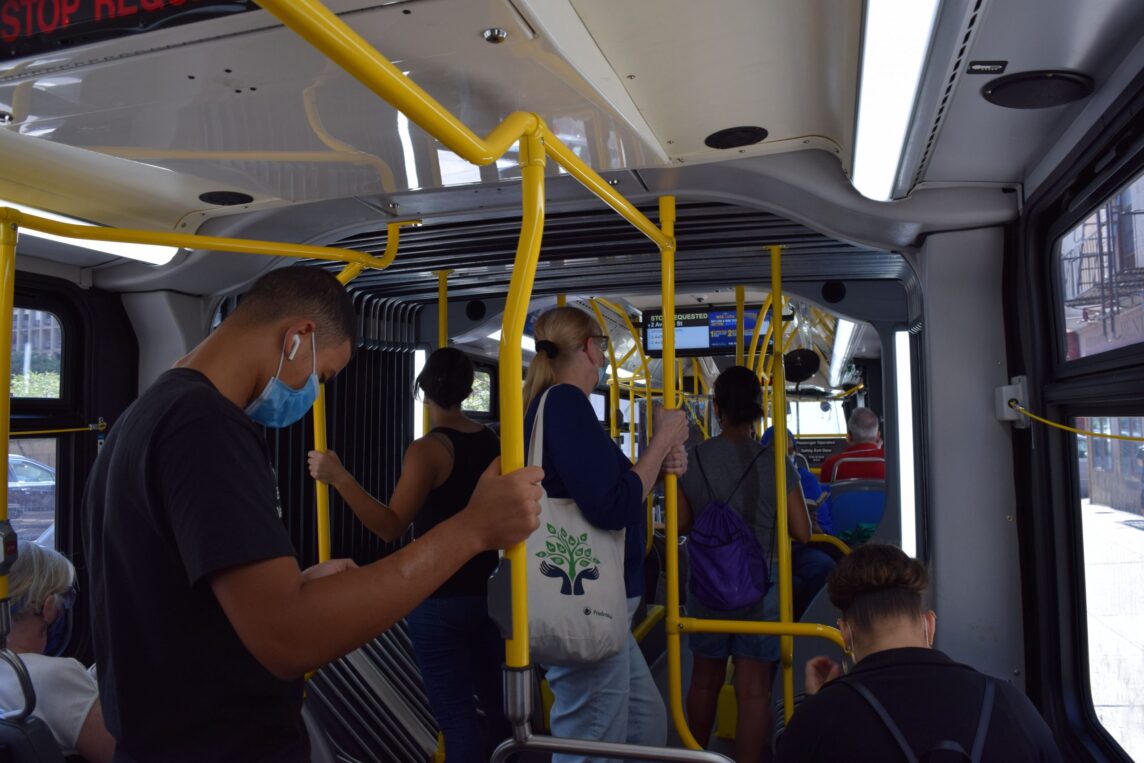Public transportation plays an indispensable role in urban mobility. A significant part of ensuring this system runs efficiently lies in providing clear and accurate information to passengers. Enter bus destination signs, an often-overlooked element that drastically improves the daily commuting experience for millions. These signs, both in their traditional and digital forms, not only guide commuters, but also enhance the efficiency and safety of public transportation.
Enhancing Commuter Convenience with Clear and Accurate Information
Imagine you're in a new city, and you're trying to navigate the bus system without any clear indication of each bus's route or final stop. Confusing, right? This is where the importance of a bus destination sign becomes evident.
A well-displayed destination sign serves as a beacon for passengers, ensuring they board the right vehicle and reach their intended destination. It eliminates the guesswork, especially in bustling cities where multiple routes may overlap or where similar bus numbers service different areas. For regular commuters, a clear sign provides confirmation, while for tourists or infrequent users, it's an essential guide.
Increasing Efficiency with Real-Time Updates on Bus Destinations
The modern era has ushered in advanced bus destination signs that can provide real-time data. Instead of static displays, these digital signs can change dynamically based on current routes, traffic conditions, or diversions. This not only keeps passengers informed about potential delays but also allows transport authorities to manage route changes with minimal disruption.
For instance, if there's an unexpected roadblock or a major event causing traffic delays, real-time destination signs can be updated to reflect the current situation. This transparency ensures that commuters can make informed decisions about their journey, whether that means waiting, taking an alternative route, or opting for a different mode of transportation.
Promoting Safety and Security through Clearly Displayed Bus Destinations
Safety in public transportation isn't just about well-maintained vehicles or trained professionals. It's also about ensuring passengers embark on the right buses and are clear about their routes. A prominently displayed bus destination sign helps in avoiding situations where passengers might find themselves lost or in unfamiliar territory.
Furthermore, in emergency situations where specific routes need to be avoided or changed, digital destination signs can be swiftly updated to guide passengers safely away from any potential hazards.
Enhancing Accessibility for People with Disabilities through Digital Destination Signage
Public transportation systems must be inclusive, catering to all passengers, including those with disabilities. Modern digital bus destination signs have made significant strides in this direction.
For visually impaired passengers, digital signs can be paired with audio announcements, ensuring they receive the same real-time updates as everyone else. On the other hand, for those with hearing impairments, bright, clear digital displays with larger fonts can be beneficial.
Additionally, digital destination signs can be integrated with apps and other technologies. This allows passengers to access real-time data on their smartphones, further enhancing accessibility and ensuring all passengers are equally informed and empowered.
The Future of Bus Destination Signs - Making Public Transportation More Efficient and User-Friendly
The evolution of bus destination signs, from basic placards to sophisticated digital displays, mirrors the broader trend of integrating technology into public transportation. As cities grow and public transport networks expand, the need for clear, dynamic, and inclusive destination signs will only become more critical.
In the future, we can anticipate even more advanced features. What remains constant, however, is the underlying goal: to make public transportation more efficient, safe, and user-friendly for everyone. The humble bus destination sign, in many ways, encapsulates this mission, proving that even the most straightforward elements can have a profound impact on our daily commuting experience.
About Transign
Transign has been a leading provider in the transit industry for over 60 years, offering high-quality destination signs and renowned customer service. Founded by James Youngblood in 1959, the company set a standard with its commitment to product quality and customer support. Over the years, Transign has introduced groundbreaking products, such as the "Bus-O-Rama" advertising panels, Mylar for roller curtain signs, and the patented flip-dot system, which later evolved into the LED Destinator® signs. Today, as public transportation demand grows, Transign remains at the forefront, introducing products like LED signs, voice announcements, geo-location tracking, smart device applications, and more. Unique to Transign, they are the sole manufacturer still supplying roller curtain signs due to their cost and graphic benefits. Contact us today to learn more.
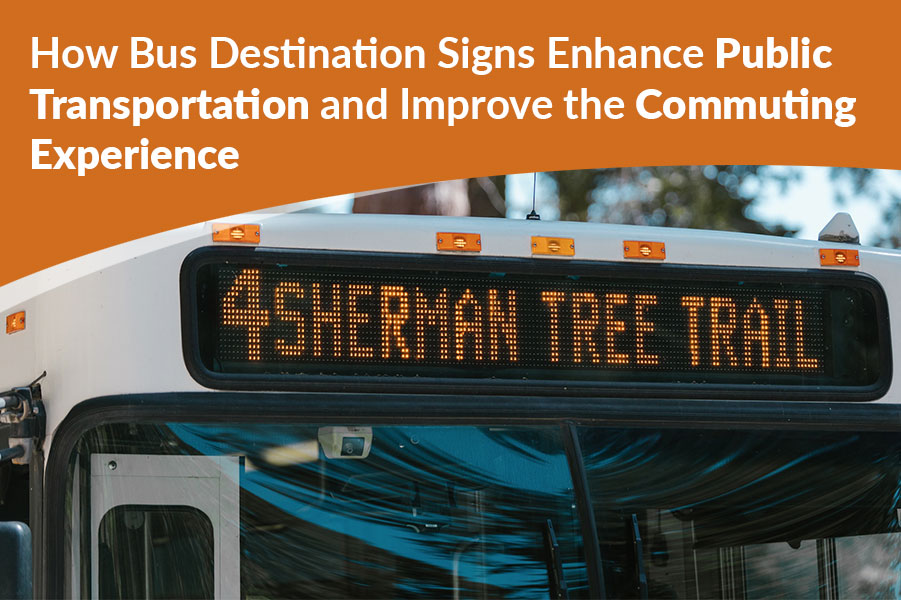
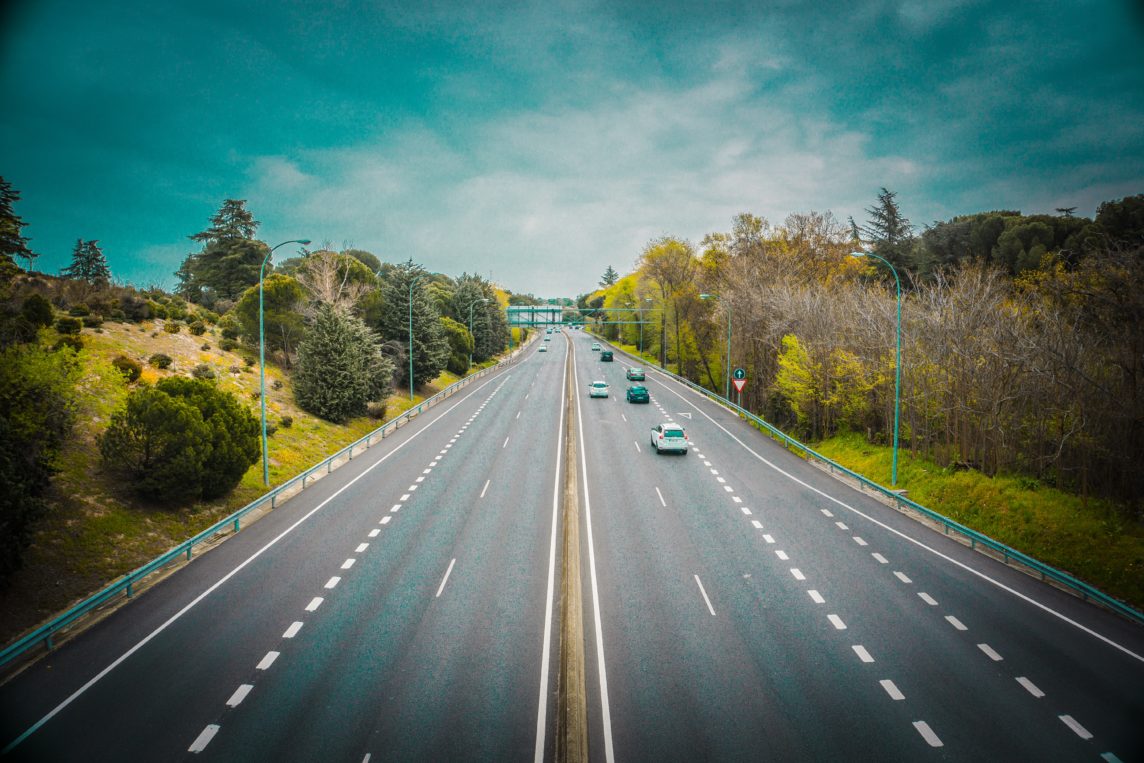
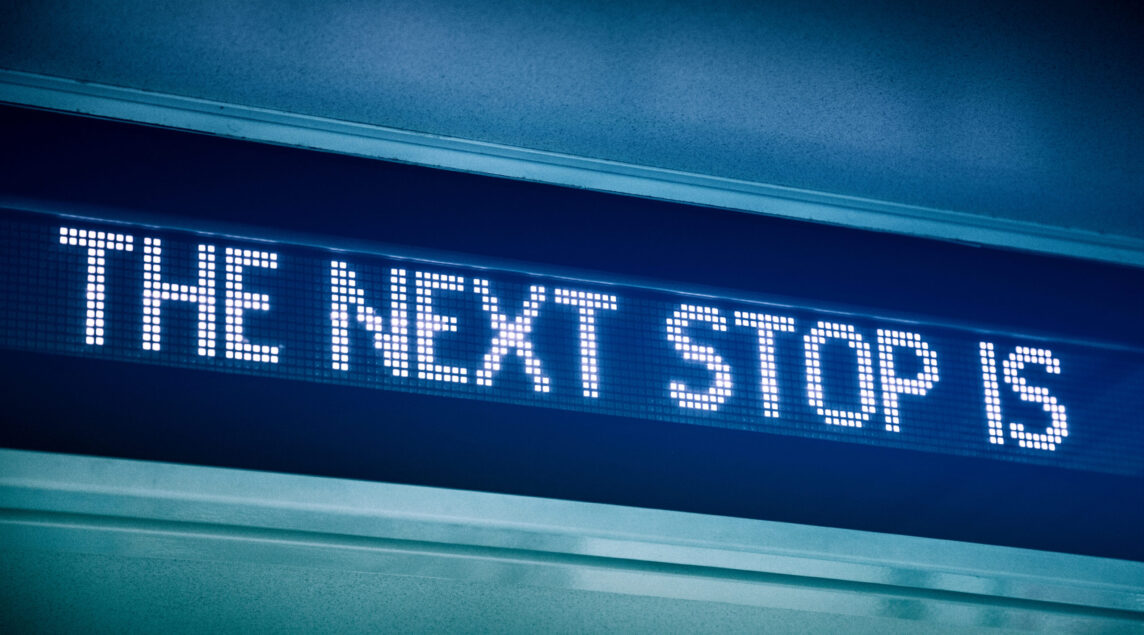
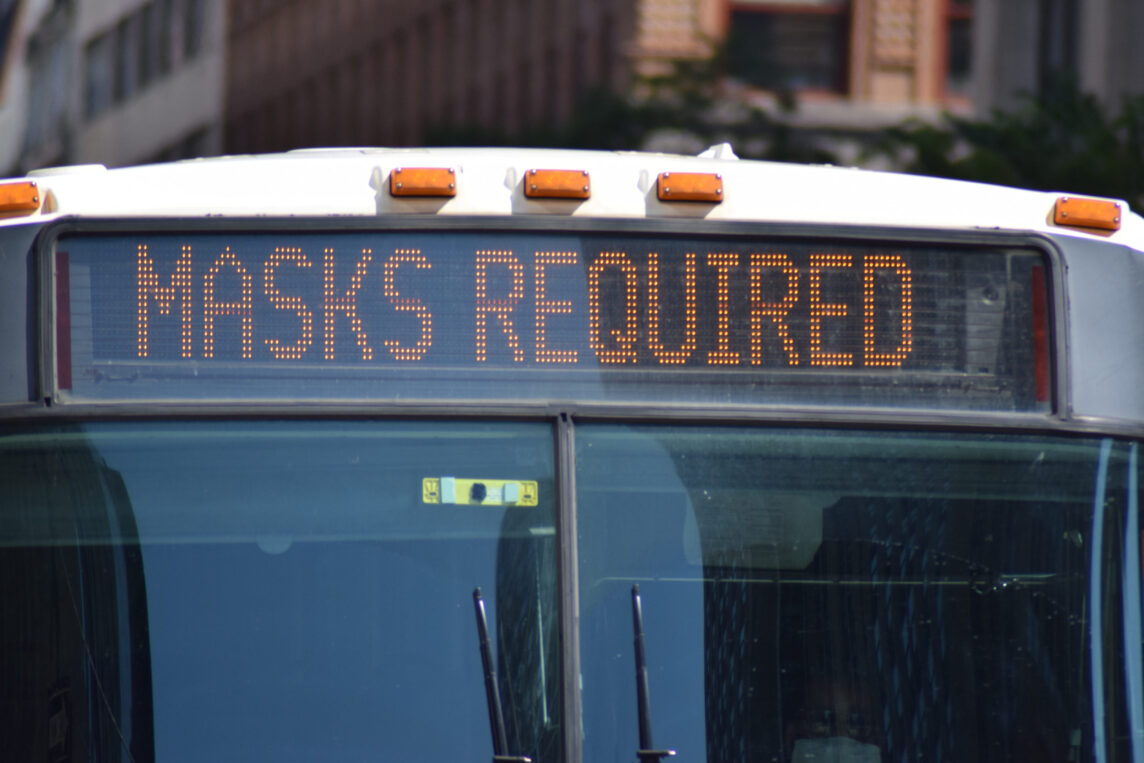
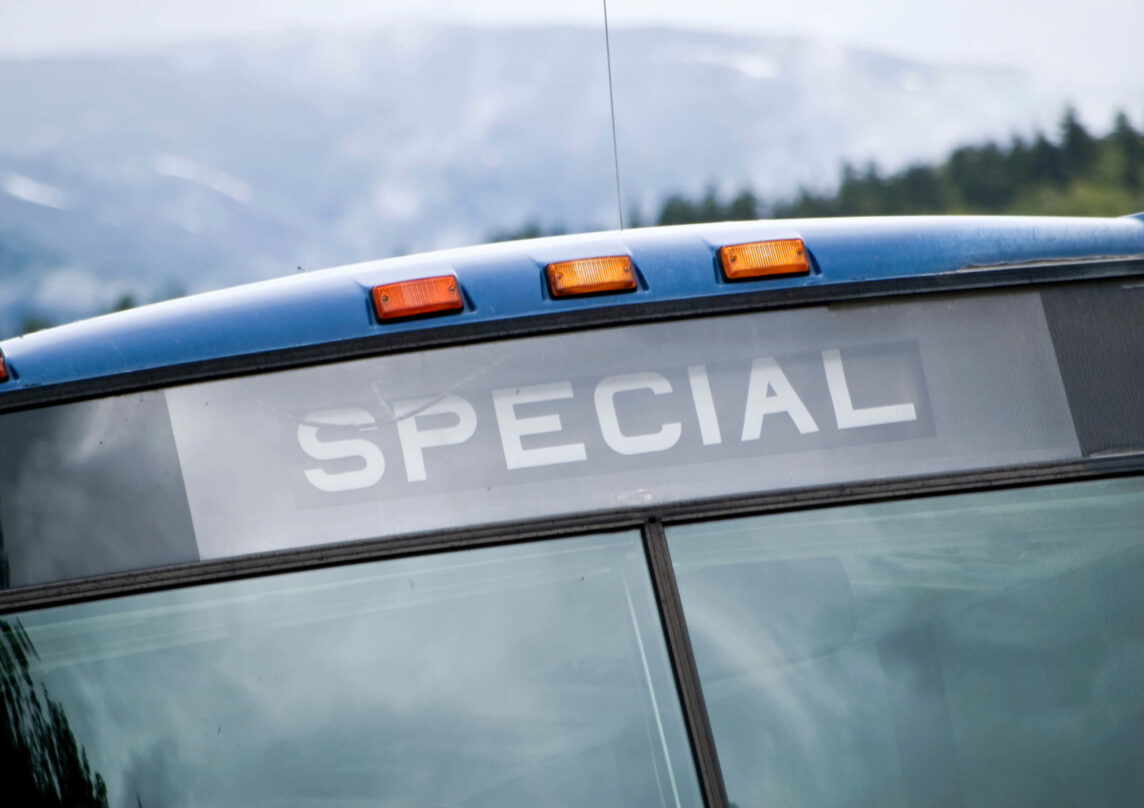
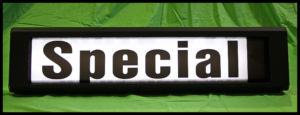 The
The 
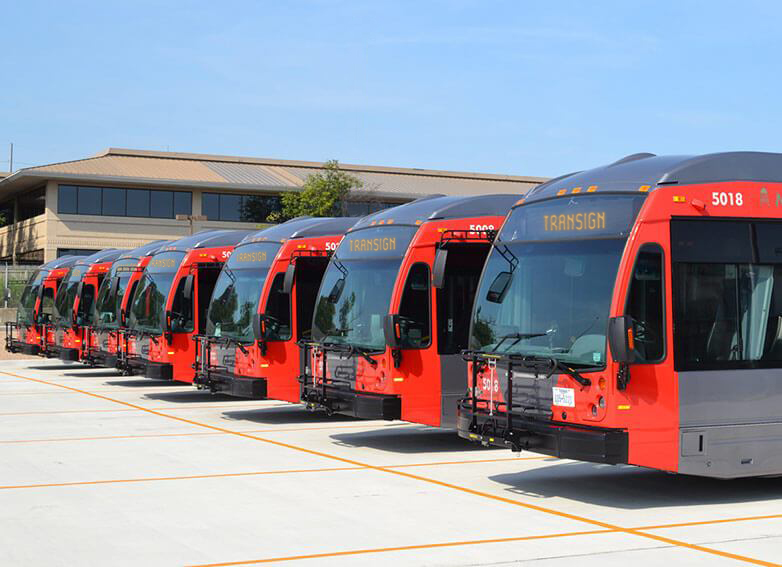
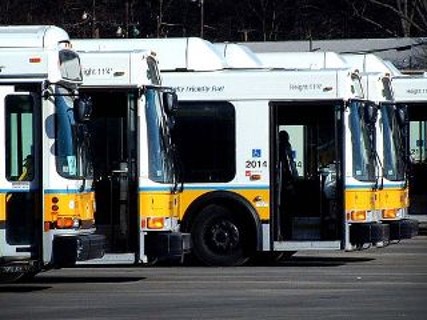
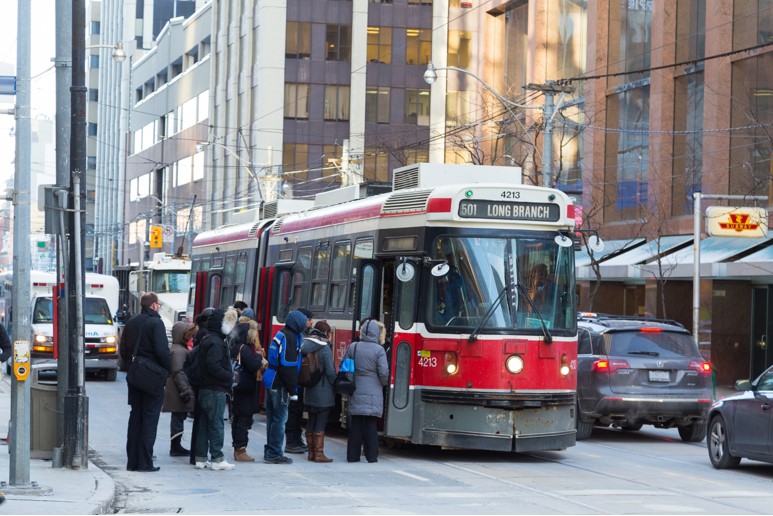
 LED bus signs
LED bus signs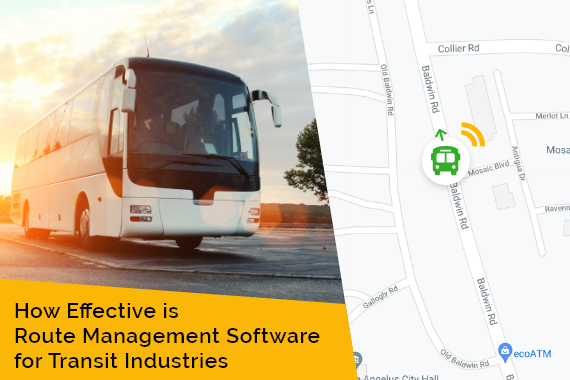
 Instantly plan complex routes with multiple stops
Instantly plan complex routes with multiple stops